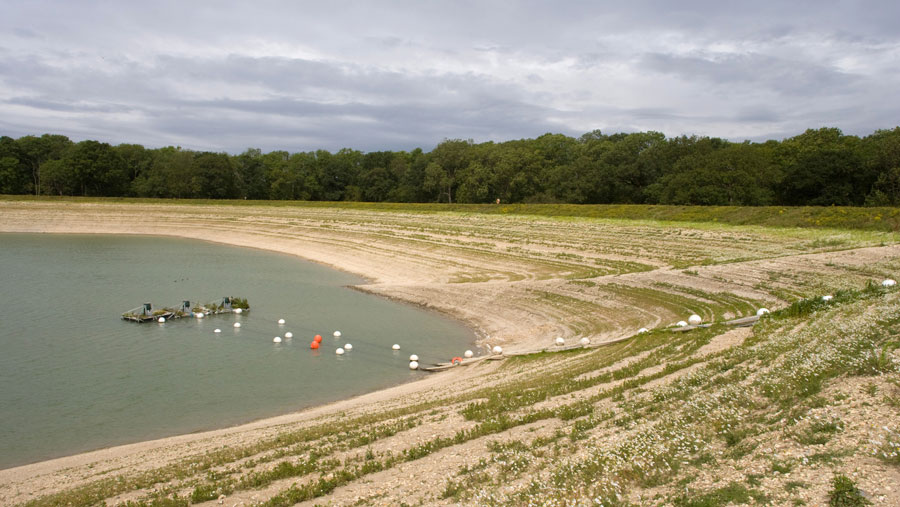Worst drought-hit farms face yield losses of 10-50%
 © Tim Scrivener
© Tim Scrivener Individual crop losses could be as high as 50% in some of the worst drought-hit areas of the UK, farm leaders have warned, commenting on figures which emerged during an emergency meeting of the National Drought Group.
A slide shared during discussions showed estimated losses of 10-50% in drought-stricken counties, mainly in eastern England, with crops including potatoes, carrots, onions, sugar beet, maize, apples and hops all affected.
With rainfall scarce, NFU deputy president Tom Bradshaw said it was undoubtedly the most challenging season for 50 years.
But Mr Bradshaw was quick to stress that not all crops had suffered to this extent. He suggested potatoes without irrigation facilities were the most likely to have suffered the highest losses, and some units may indeed see yields halved.
See also: Farmers face ‘huge challenge’ as drought declared official
Mr Bradshaw said it was critical for retailers to consider the likely impact on supply levels and to apply a more flexible approach to buying standards.
“Crops may be smaller and have more skin blemishes this year as a result of the drought.
“It is important to recognise that this is still nutritious food and we urge retailers to adopt a higher degree of flexibility to standards,” he said.
Looking ahead, growers should plan for a worst-case scenario of a dry winter and conserve any water they can, he advised.
Mr Bradshaw called for the Environment Agency to take a flexible stance on refilling reservoirs in the coming months to help growers replenish water stocks.
Field veg
British Growers Association chief executive Jack Ward echoed warnings of yield losses for both the existing field-scale vegetable crop and for the winter/spring 2023 crop.
Mr Ward said that some BGA members in drought-stricken areas were reckoning on losses of up to 50% in ground vegetables such as cauliflowers, cabbages, carrots, onions and potatoes.
The situation is also critical for the coming crop of Brussels sprouts and spring cabbage which will be harvested this winter and into the early spring of 2023, he said.
Growers are planting these crops now and in the coming weeks and will be forced to drill vulnerable plants in hostile growing conditions, which could ultimately lead to further yield losses this winter and spring 2023, he said.
Water storage
Both the BGA and NFU said one way of improving resilience was to look again at water storage policy. The Environment Agency uses large amounts of energy to pump millions of gallons of water into the North Sea each winter, according to the UK Irrigation Association (UKIA).
Executive secretary Melvyn Kay said policymakers understood wildlife, biodiversity and soil health were key to sustainability. But they had failed to grasp the importance of water as a crucial resource.
Mr Kay called for support for on-farm reservoir construction. He suggested costly, larger-scale reservoirs, capable of holding at least two years’ worth of rainfall, were needed.
Farmers and growers will need financial help via a grant system or through the coming support payment system, Mr Kay said.
“It’s easy to dismiss this as a call for more handouts. But policymakers need to understand that water underpins all of the government’s sustainability aims. Without it, nothing will grow.”
He also urged the government to help promote a more positive view of on-farm reservoirs within the planning sector.
Often proposals for on-farm water storage fail to make it past planning and this needs to change, he said.
